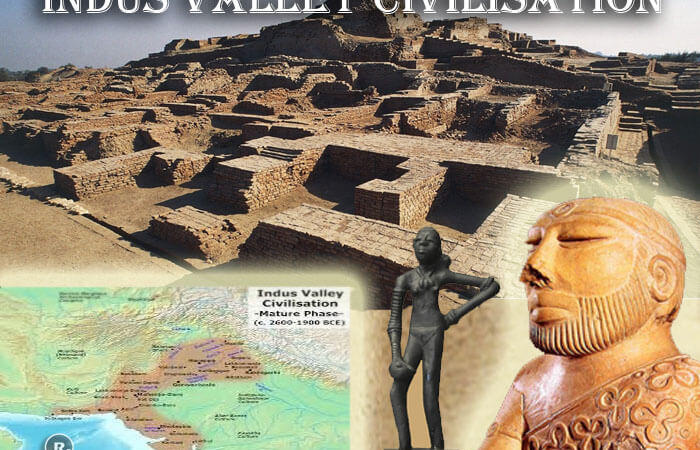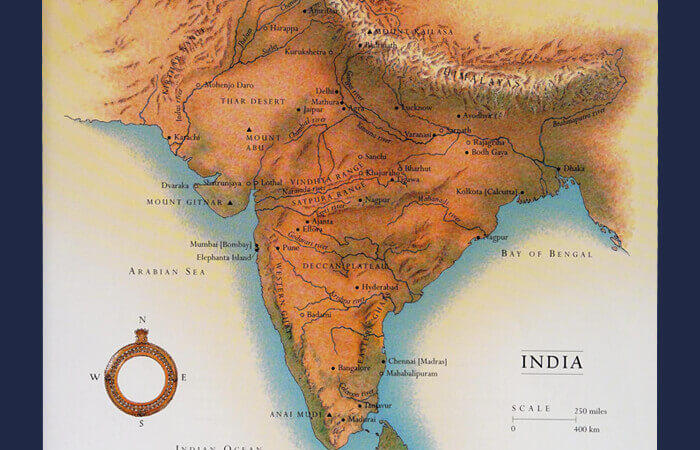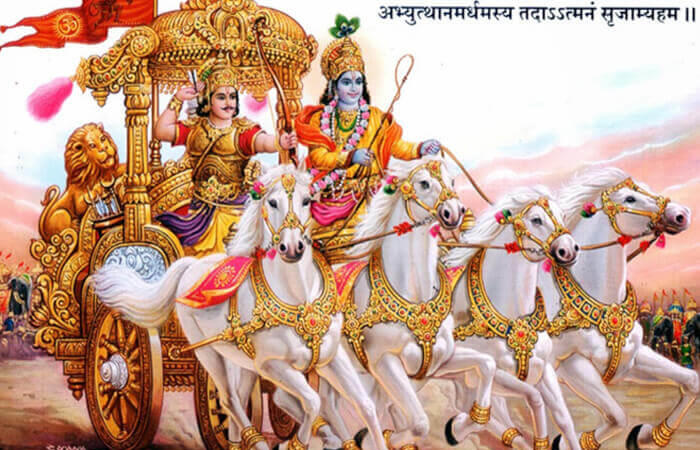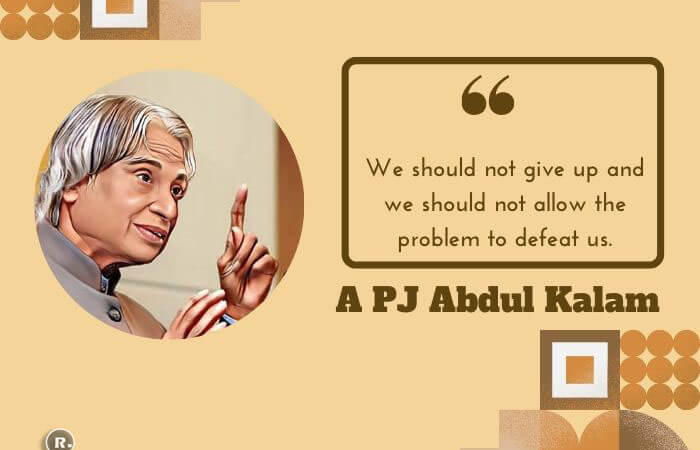Azad Hind Diwas – 21st October
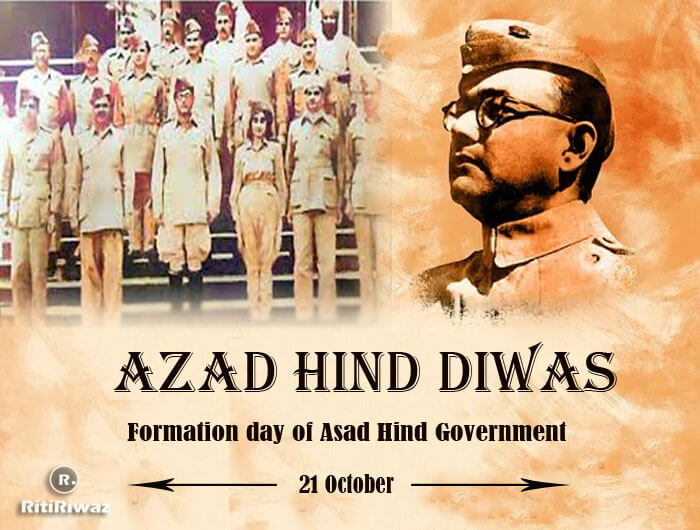
Azad Hind Diwas or Free India Day is annually celebrated on 21st October to commemorate the formation of Azad Hind Govt. or Provisional Government of Free India. The Azad hind provisional government was announced on 21st October 1943 in the Cathay hall of Singapore. The government was recognized by the governments of more than nine nations. Netaji Subhas Chandra Bose was the head of this government.
Known as Arzi Hukumat-e-Azad Hind, it was supported by the Axis powers of Imperial Japan, Nazi Germany, the Italian Social Republic, and their allies. The revered freedom fighter had launched a struggle to free India from British rule under the banner of the provisional government-in-exile during the latter part of World War II.
History
The Indian National Army(INA) was originally founded by Captain Mohan Singh in Singapore on 1 September 1942 with Japan’s Indian POWs in the Far East. Indian Independence League, headed by expatriate nationalist leader Rash Behari Bose. However, the idea of a liberation army was revived with the arrival of Subhas Chandra Bose in the Far East in 1943. Even when faced with military reverses, Bose was able to maintain support for the Azad Hind movement. Bose’s most famous quote was “Give me blood, and I shall give you freedom!”.
The aim of the army was to liberate India from the British occupation with Japanese assistance. Initially composed of Indian prisoners of war captured by Japan in the Malayan campaign. The Rani of Jhansi regiment was formed as an all-volunteer women’s unit to fight the British occupiers as well as provide medical services to the INA.
First Azad Hind Fauj – Japan and Southeast Asia were major refugees for Indian nationalists living in exile before the start of World War II. The First Indian National Army was formed under Mohan Singh on 17th February 1942. At the outbreak of World War II in South East Asia, 70,000 Indian troops were stationed in Malaya.
Second Azad Hind Fauj – The army was called Arzi Hukumat-e-Azad Hind formed under Subhash Chandra Bose. This second INA in collaboration with the Imperial Japanese Army fought against the British. Bose also established a military hierarchy in Azad Hind Fauj – Lt Col Shah Nawaz Khan was the Chief of General Staff, Major PK Sahgal was the Military Secretary, and Major Habib Ur Rahman was the Commandant of officers’ training school. The INA also had an all-women regiment called “Rani of Jhansi Regiment”.
Netaji Subhash Chandra Bose started planning to attack India with the cooperation of Japan. The first battalion of Azad Hind Fauj arrives in Rangoon in January 1944 A.D. and established their government there. Thus, the historic journey of Azad Hind Fauj began. The soldiers of Azad Hind Fauj reached the eastern border of India. They took control of an Indian outpost named Madok and hoisted the tri-color there. After which the soldier of Azad Hind Fauj captured Kohima and moved toward taking over Manipur’s capital Imphal.
Unfortunately, as the rain started their campaign was hampered. Meanwhile, on 6th August 1945 A.D., the United States dropped an Atomic Bomb on Hiroshima, and on 9th August on Nagasaki and ruined Japan. Japan surrendered and accepted its defeat in the Second World War which had a direct impact on the army of Azad hind fauj.
Death of Bose and the defeat of the army
In August 1945, Bose reportedly died in a plane crash in Taiwan. He was on his way to USSR, where he hoped he could get support to continue his fight against the British. Bose’s death was seen as the end of the Azad Hind movement. The Second World War also ended in 1945 with the defeat of the Axis powers and Netaji Subhas Chandra Bose’s dream was not fulfilled.
Suggested Read: Causes Of First And Second World War

